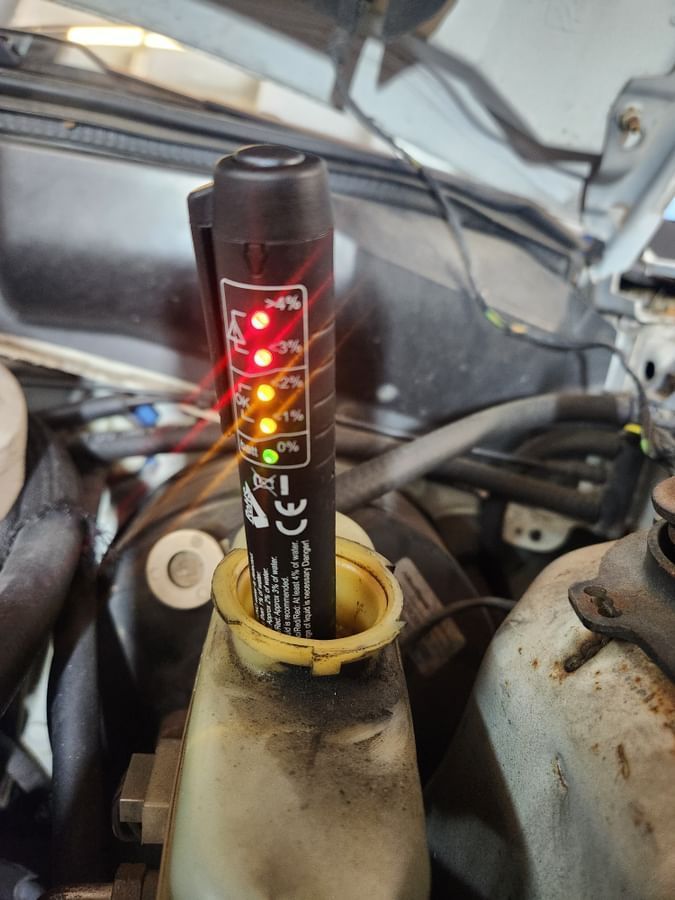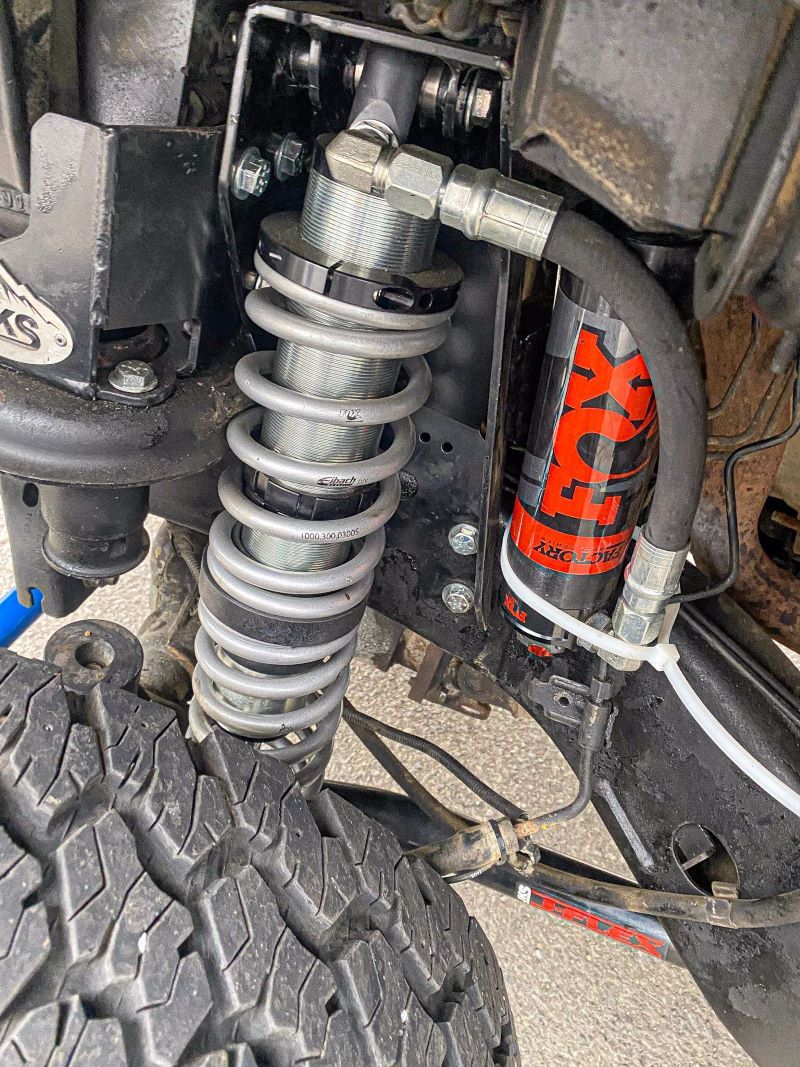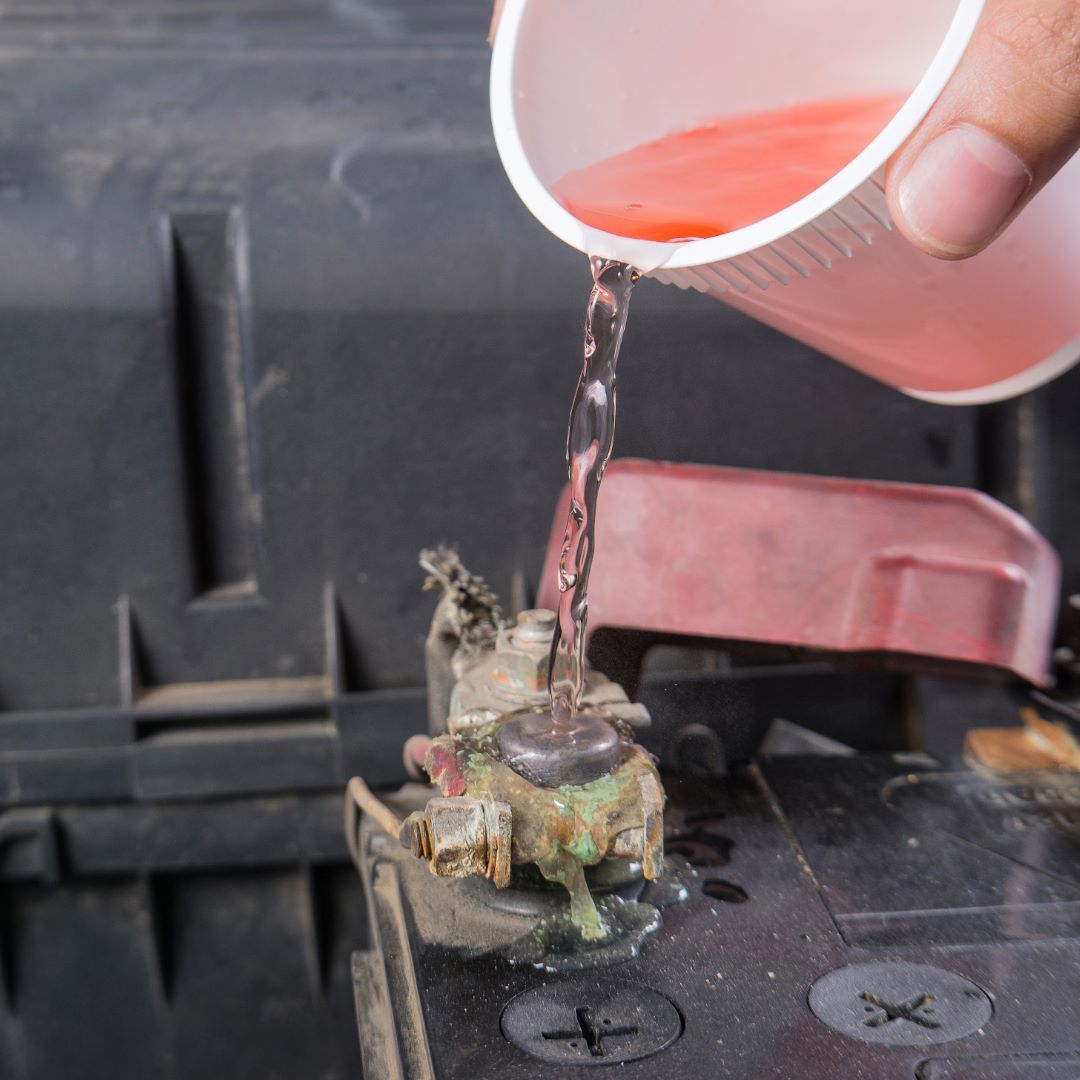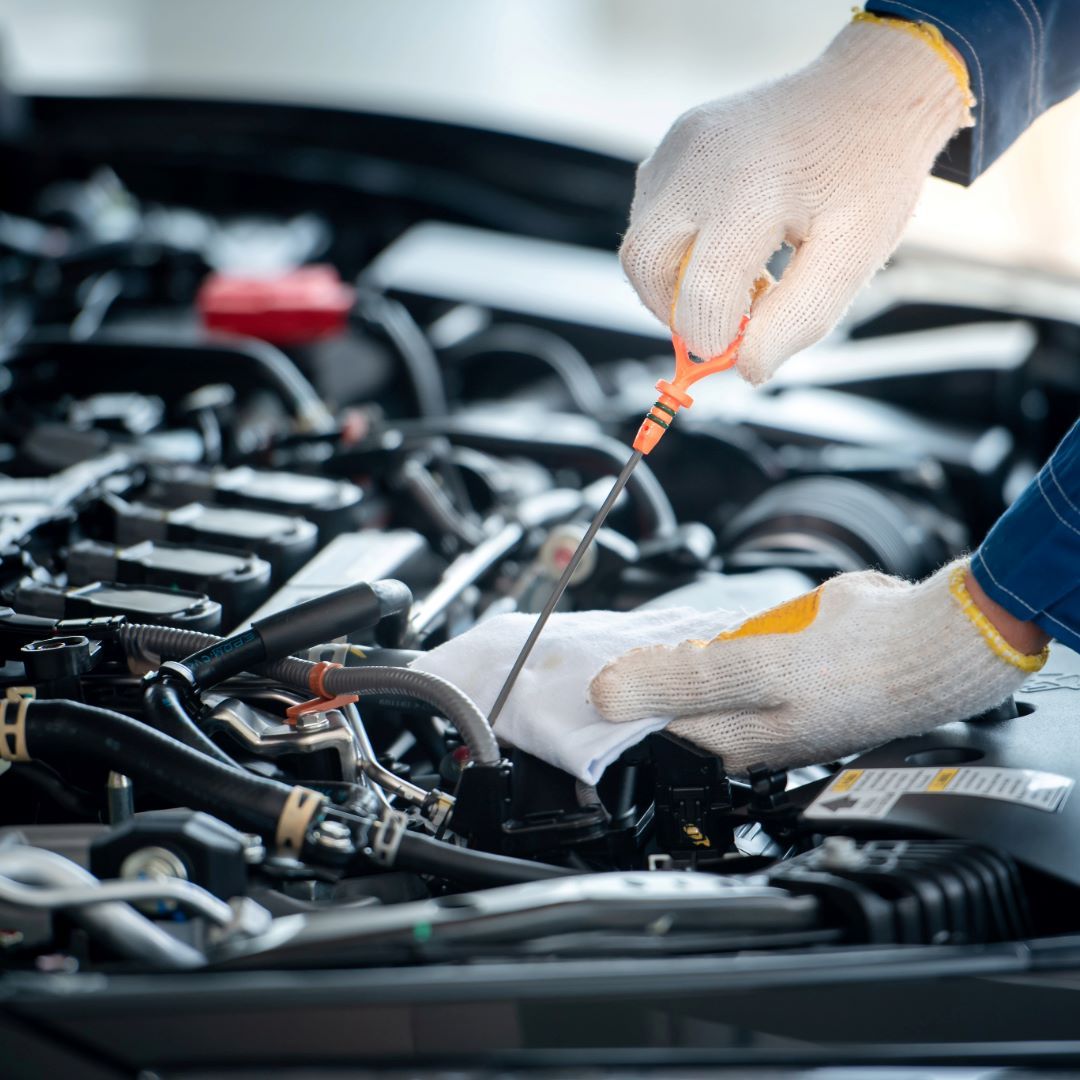How to Test Drive a Used Vehicle
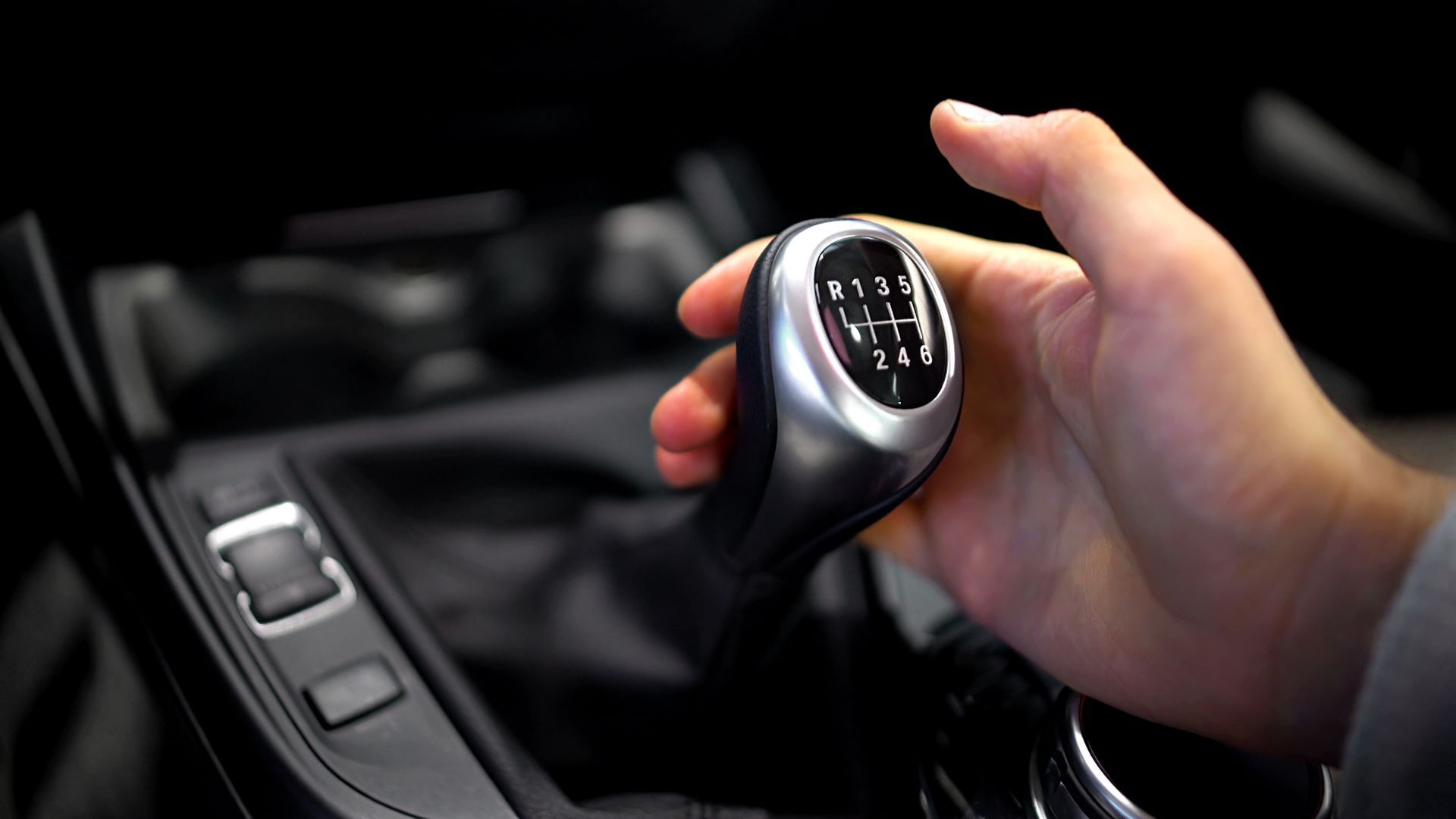
Used Car Test Drive Checklist | ABC Auto Repair Burien
When test driving a used vehicle, the goal is to gather as much reliable information as possible. Every detail matters, not just for spotting potential mechanical issues, but for evaluating whether the seller’s story matches the car's condition.
Here are three reasons why a proper test drive is essential:
- It can reveal mechanical issues that increase long-term costs, which should impact the price you are willing to pay.
- It helps you assess how the vehicle was maintained and treated by previous owners.
- It gives you context to determine whether the seller’s claims are credible.
This post focuses on what to look for during the actual test drive. For pre-drive inspection tips, check out our post on inspecting a used vehicle.
Request a Cold Start
When scheduling your test drive, ask the seller not to start the vehicle for at least an hour before you arrive. Some sellers will “warm it up” as a courtesy, but this can mask start-up noises or rough idling. A cold start reveals far more about the vehicle's true condition.
Drive in Both City and Highway Conditions
Be sure to take the vehicle through a variety of driving environments. Some issues only present themselves at certain speeds. For example, alignment issues may only be noticeable at higher speeds, while steering looseness may be more apparent at low speeds.
What to Check During the Test Drive
Electronics & Accessories
Before you focus on engine noise, test all electrical features:
- Power windows, locks, interior and exterior lights, radio, air conditioning, and heat
- Run the heat and AC with the windows up to check for strange smells from the HVAC system
Eliminate Background Noise
Once you’ve tested the accessories, turn everything off, including the AC, radio, and background chatter. Listen carefully to how the vehicle sounds both inside and outside. Try driving with the windows down and up. Pay close attention to knocks, rattles, clicks, or other unusual noises.
Driving Feel
A well-maintained vehicle, whether it's a Kia, Lexus, or Chrysler, should:
- Accelerate smoothly without hesitation
- Shift gears without jerking or excessive revving
- Have firm, responsive steering with minimal play
CV Joint Test (for FWD or AWD Vehicles)
Find a quiet cul-de-sac or open parking lot. Drive slowly in a tight circle with the windows down. Clicking or knocking sounds may indicate worn CV joints.
Idle Noise Test
Let the vehicle idle next to a large wall (like at the edge of a building). The wall will reflect engine sounds, amplifying any subtle noises that may otherwise go unnoticed.
Brake Responsiveness
Test the brakes at various speeds to evaluate how the vehicle responds.
- Does it stop smoothly and quickly?
- Are there any pulsations, grinding noises, or pulling to one side?
Be safe: Make sure no cars are tailing you, and never slam the brakes to a full lock.
Test Alignment
On a flat, straight road, gently hover your hands above the steering wheel to see if the vehicle drifts. Try again while gently braking. Slight pulling to the right is common, but excessive pull in either direction may indicate an issue. Always be aware of your surroundings and keep your hands ready to regain full control.
Keep Your Judgment Clear
Buying a used car can be exciting, but do not let your emotions override your judgment. After investing time and energy into inspecting a vehicle, it is tempting to convince yourself this is "the one." Stay objective.
Always Get a Pre-Purchase Inspection
To complete your due diligence, bring the vehicle in for a professional pre-purchase inspection. At ABC Auto Repair in Burien, we offer a comprehensive evaluation that includes a compression check and a full visual inspection.

